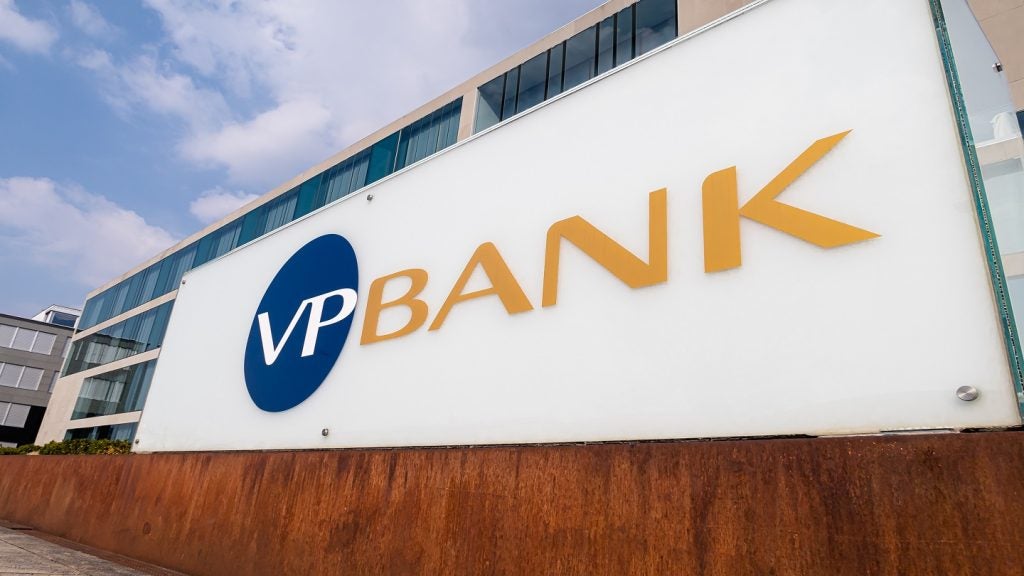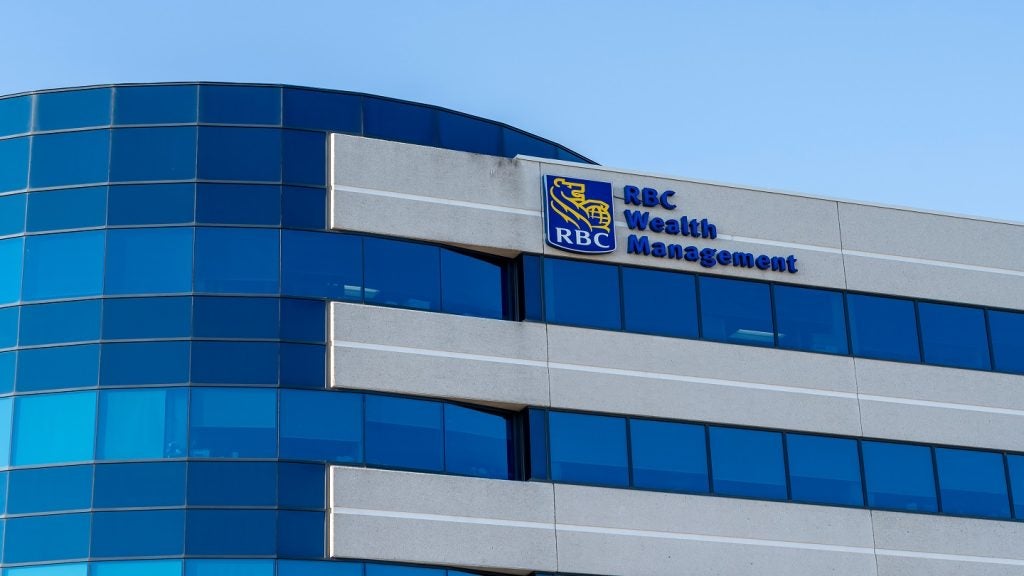A back-tested portfolio based on ISSG’s methodology that adjusted allocations according to changes in growth and inflation expectations over the last 23 years achieved nearly a doubling of the risk-to-return Sharpe ratio, when compared with a typical institutional portfolio, according to the report.
This approach to asset allocation also may provide meaningful downside protection in periods of market stress, such as the bursting of the technology bubble in the early 2000s and the global financial crisis of 2007-2009, the report said.
Jeff Saef, managing director of BNY Mellon Asset Management and head of ISSG said they think the current environment of modest expected market returns and heightened volatility requires a fresh look at asset allocation approaches.
"The financial crisis taught painful lessons about the limits of traditional diversification and the need to achieve a deeper understanding of the macroeconomic influences on asset class performance and correlations," Saef added.
The ISSG report concluded that growth and inflation expectations in the US over the last 40 years included a more complex pattern of macroeconomic regimes and transitions than many investors assume. Changes in growth and inflation expectations rather than simply changes in growth or inflation significantly can affect asset class performance, according to the report.







